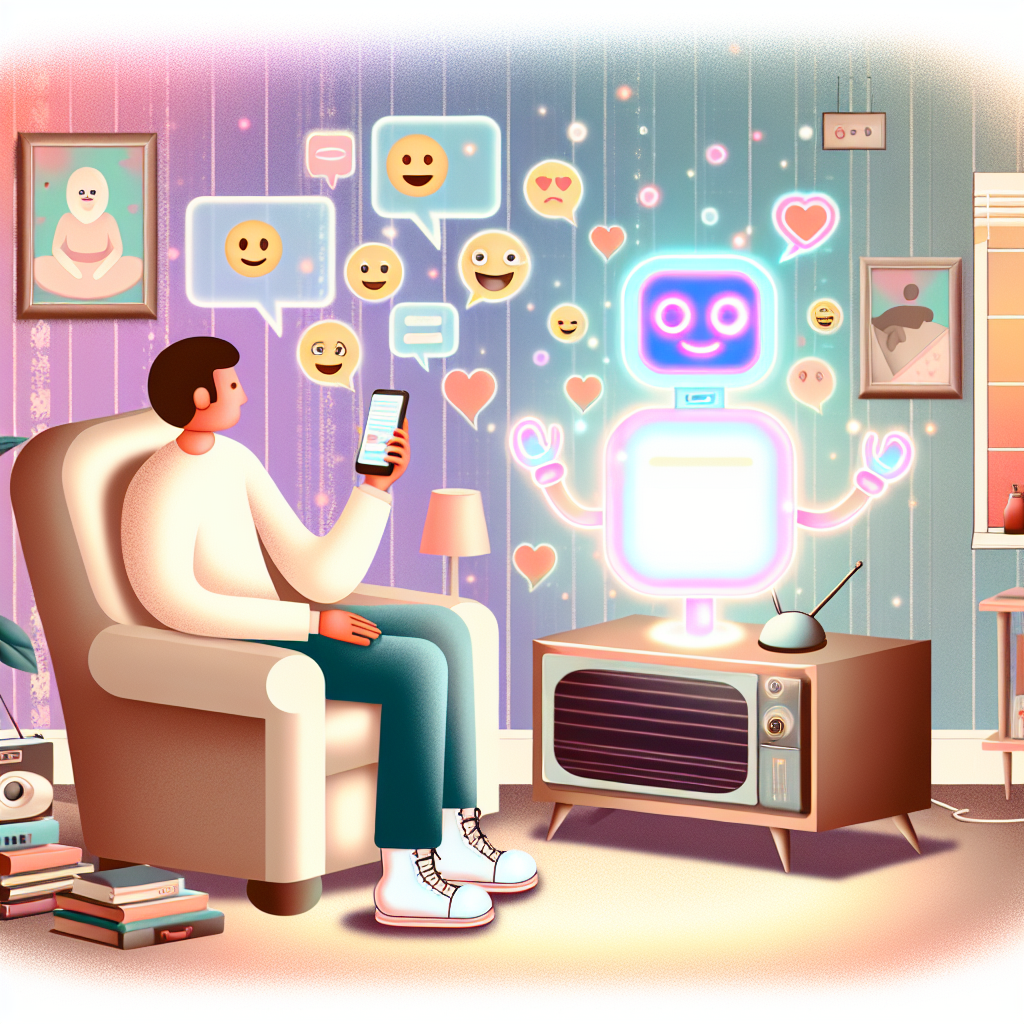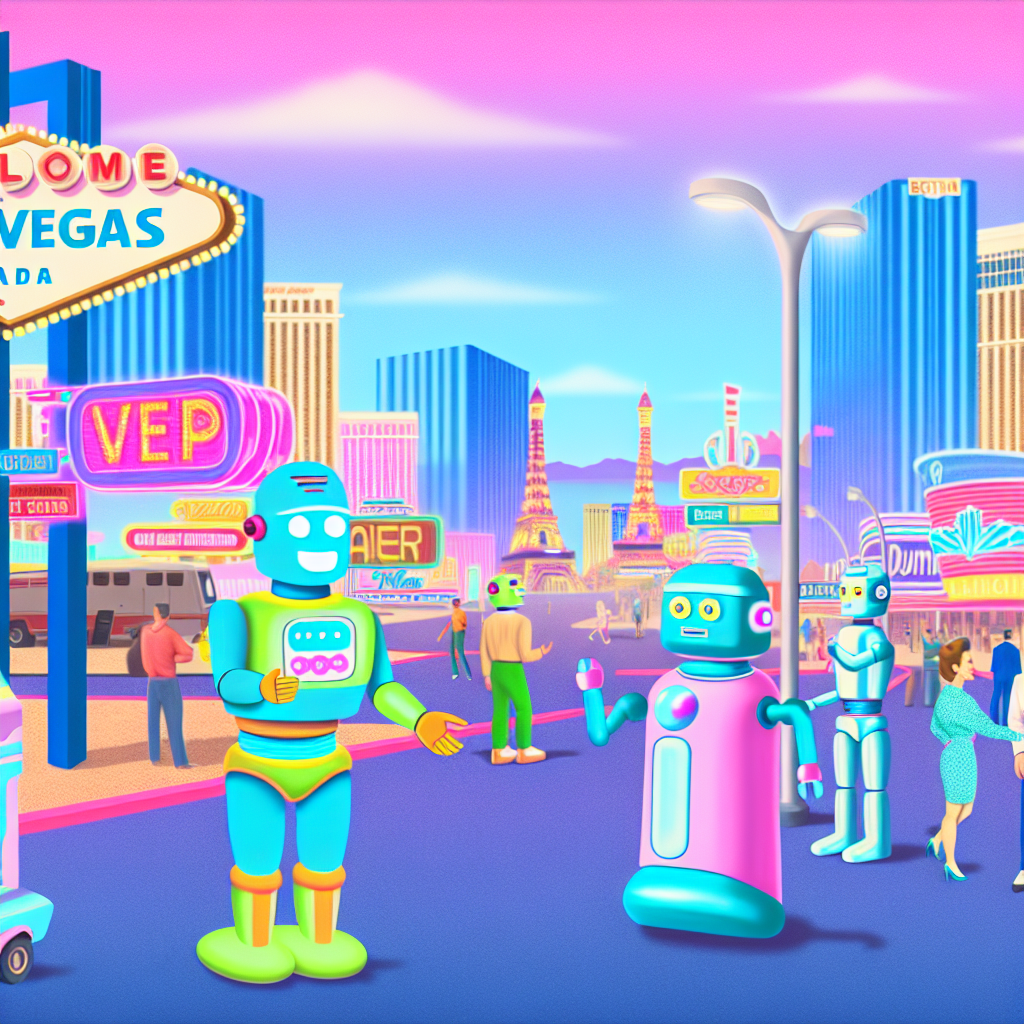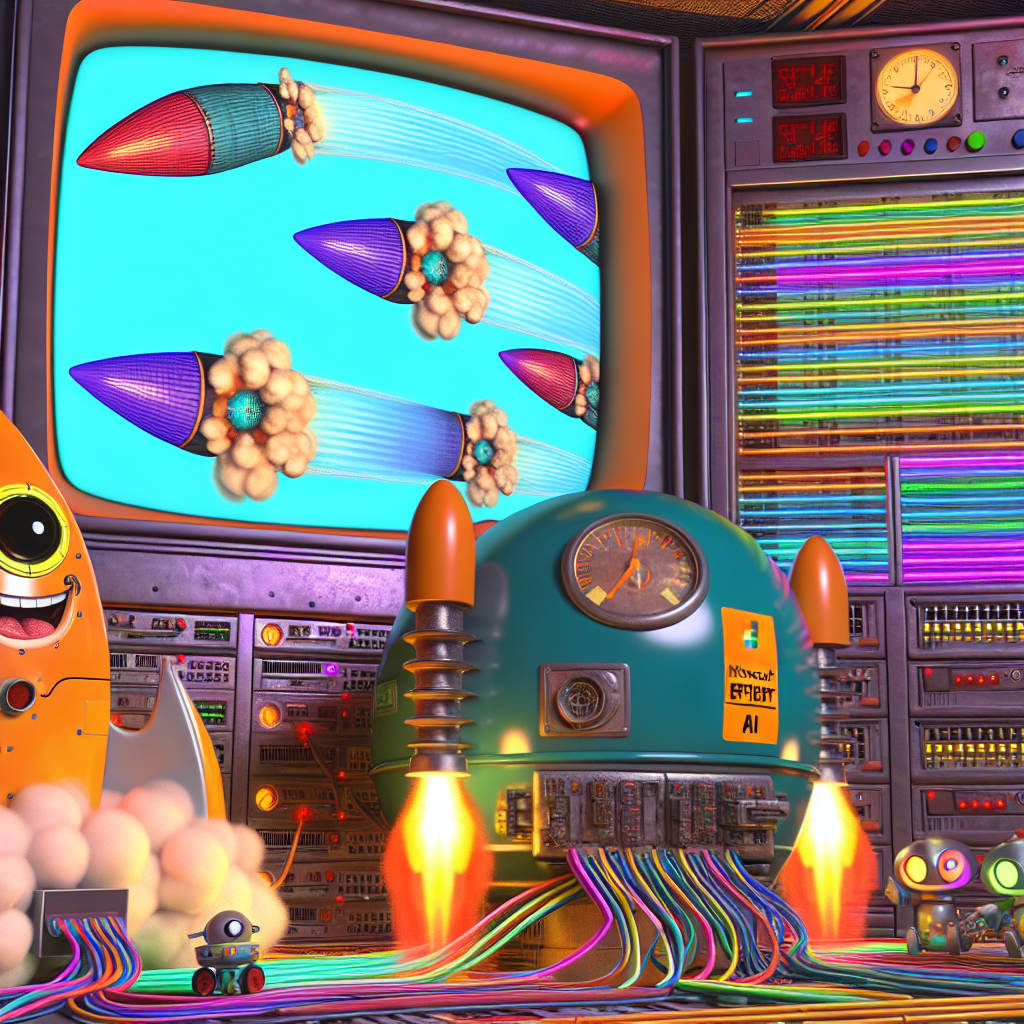AI-Driven Emotional Therapy
In today’s fast-paced, hyper-connected world, identifying and managing emotions can feel as elusive as nailing jelly to a wall. As more people turn to technology to help bridge the gap between human connection and mental health, a new wave of emotionally intelligent tech has emerged to aid in decoding and managing feelings more comprehensively. The rise of emotionally aligned therapy tools that guide users through understanding and labeling their emotions is becoming an intriguing frontier in digital well-being.
But this isn’t your typical therapy session. Instead of reclining on a leather couch and speaking with a trained therapist, individuals are turning to technology to facilitate a similar experience. That’s right, human stress and worries are now unwinding via data-driven platforms capable of understanding nuanced feelings—and, in some cases, offering guidance that isn’t all that different from what a human therapist might provide.
The Rise of Emotional Intelligence in Therapy Tech
For years, tech has been making major headway in the healthcare space, but now it’s tapping into softer, more intimate terrains—our emotions. No longer is it just about calorie counting apps or fitness tracking. These innovative tools are diving into the complex realm of human feelings, helping users work through issues by focusing on something often overlooked in medical tech: emotional awareness.
With advancements in natural language processing, people are beginning to interact with tech platforms that not only respond to data, but also reflect on the emotional context behind it. Want to unload your bad day to an impartial listener? Or perhaps you’re struggling to describe exactly what’s bothering you—just feeling “off” without knowing why. These therapeutic tools are attempting to help answer the age-old question: “How do you feel?”
The brilliance lies in how these platforms can discern emotions that may be difficult for people to label themselves. Emotion recognition is becoming the new frontier, borrowing from psychology, cognitive science, and language studies to categorize and analyze human feelings in real-time. It’s less about clinical diagnostics and more about offering you a mirror to better understand—and perhaps manage—your mental well-being.
Why People Are Seeking Emotion-Focused Tech Interactions
Nobody likes to feel misunderstood. In an era where social media can exacerbate feelings of isolation, and traditional therapy may not be accessible to everyone, tech-supported emotional understanding offers a unique solution, especially for those who struggle to express themselves through words.
Let’s break down why people are turning to this new breed of emotionally intelligent platforms:
Nobody wants to wait weeks, or even months, to see an in-person therapist. Emotional understanding platforms are available on demand, offering immediate insights that can be accessed from anywhere. Your “late night overthinking” could now benefit from late night availability.
Some people are hesitant to share their emotional struggles with others, even therapists. Engaging with a tech tool gives users a non-judgmental, private space to introspect and receive feedback.
How often do we really stop and sift through the jumble of emotions we experience daily? With tech encouraging emotional labeling and reflection, people are finally taking the time to evaluate how they truly feel, and more importantly, why.
The Science Behind Emotional Categorization
You might be wondering how a digital tool can possibly help you unpack your layers of frustration, sadness, or anxious tension. It all comes down to the evolving understanding of human emotions and how far we’ve come in modeling that digitally.
Behind the scenes, complex models are trained on datasets spanning from psychology research to everyday emotional language. These platforms understand a wide range of emotions, from the basic feelings like happiness or anger to more complicated states like ambivalence, nostalgia, or ennui (yes, it gets that sophisticated). By diving into patterns, they attempt to pinpoint which emotions might be in play based on your interactions.
A frequent complaint among therapy-goers is their difficulty in putting a name to what they’re feeling. Here’s where tech steps in to help. The moment users input text about their feelings—whether it’s a rant about bad traffic or the sinking sadness of recent loss—they might receive insightful responses like “it sounds like you’re feeling overwhelmed” or “perhaps there’s some frustration mixed with fatigue.” It’s the start of emotional naming, helping people place their seemingly ineffable feelings into clear organizational buckets.
Could Tech Replace Traditional Therapy?
Let’s be clear: Tech-driven emotional intelligence platforms are not a substitute for face-to-face, professional mental health care. While these tools can help users come to better understand their emotions, they cannot—and should not—replace the nuanced, human interactions that professional therapy provides, especially for more severe mental health issues or crises.
In fact, these tech tools are best thought of as complementary resources. They can serve as the first stepping stone towards better mental health awareness or as a way to reflect between therapy sessions. After all, the journey to emotional well-being is not always about solutions but about understanding and management.
Looking Ahead: The Future of Emotionally-Aware Tech
As the sophistication of tech continues to evolve, we’re likely to see dramatic advancements in how emotions are recognized, classified, and even responded to.
Consider the potential of seamlessly integrated tools that not only reflect emotions but help modulate them in real-time. Could future tech intervene in moments of heightened anxiety, providing gentle nudges towards mindfulness practices? Could it even go beyond simple recommendations and help individuals cultivate lasting emotional resilience through personalized feedback? Perhaps.
The big takeaway here: we’re at the cusp of a new integration of technology with emotional intelligence. While it’s still in its infancy, the promise of giving people the power to articulate and manage their emotions through tech tools represents a monumental shift in how mental health resources will be accessed in the digital age.
Ultimately, emotional awareness tools aren’t here to replace human therapists but seek to supplement the ways in which we understand ourselves. If heartbreak or stress ever hits at 2 a.m., you’ll know there’s someone—or rather something—there to help you untangle those knotted emotions.
And in a world constantly jostling for our attention, a little emotional reflection facilitated by some savvy platforms could be just what the doctor ordered—no couch required.



